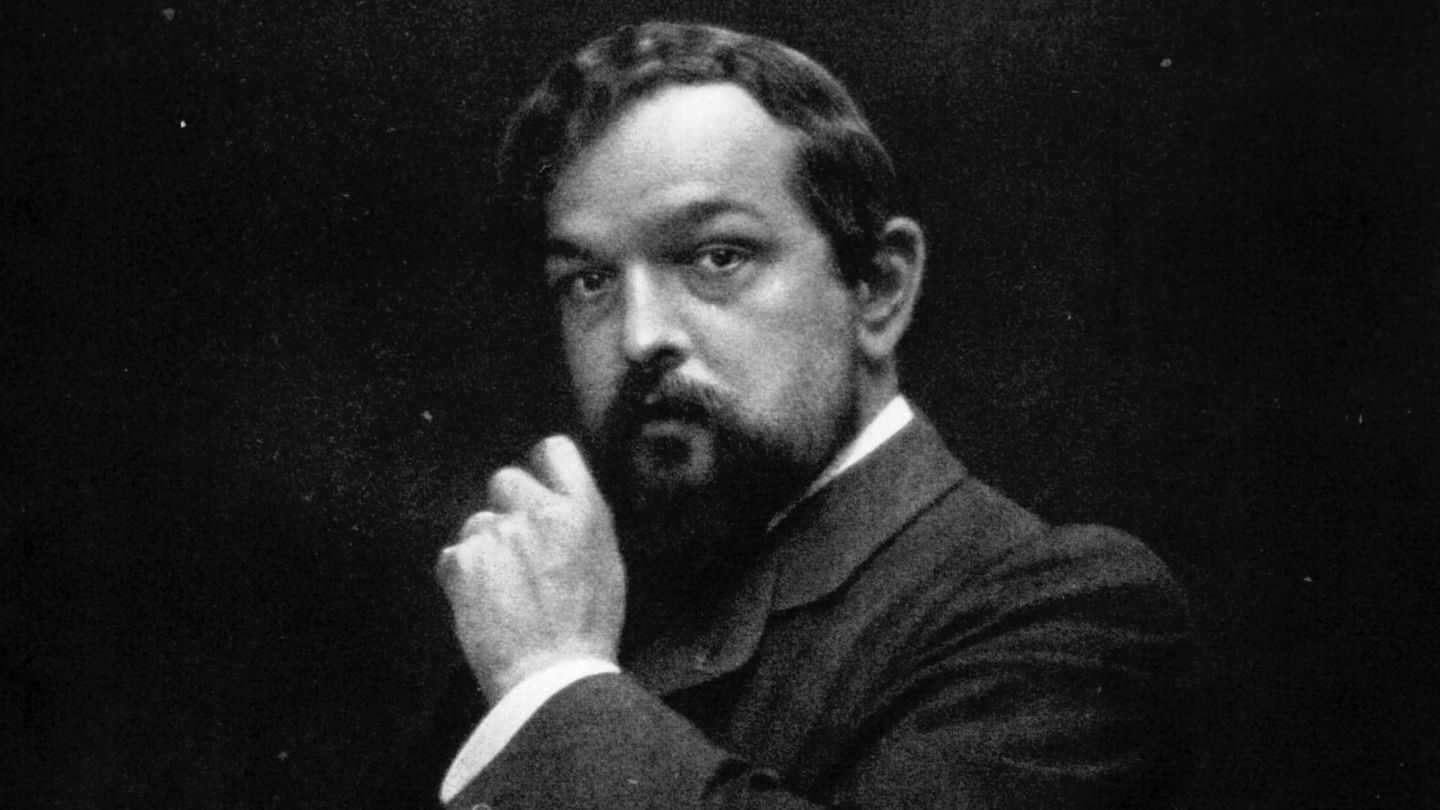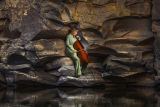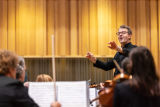Music that depicts dreams
By Celia Casey
Blog ·

We’ve compiled a list of our favourite works about dreams that might inspire some visions of your own! Listen along to our playlist here.
1. Debussy - Prélude à l’après-midi d’un faune (Prelude to the afternoon of a faun)
Prélude à l'après-midi d'un faune by French composer Claude Debussy was inspired by Stéphane Mallarmé’s poem of the same title. The poem is about a faun (a mythical creature, half man and half goat) who drifts off to sleep on a hot summer afternoon in the woods, dreaming about nymphs and naiads (female spirits). He makes a reedpipe, which he plays to express the enchantment and lust he feels towards the spirits. The work begins with solo flute playing a curvy melody with a seductive, free-flowing rhythm, which sets a dreamlike atmosphere for the work.
2. Berlioz – Symphonie Fantastique (Fantastic Symphony)
Love-struck French composer Hector Berlioz wandered around the city in a sleep-deprived daze after being abandoned by the woman of his dreams. In this state he composed one of the most unique works of the nineteenth century, his Symphonie Fantastique. The symphony’s storyline follows an artist who falls into a deep sleep after consuming a large dose of opium. In this state he has visions of the woman he loves in different dream settings, this obsession represented in the music by a repeating musical theme. The visions, including a lavish ball, a guillotine scaffold, and a witches’ sabbath, become increasingly dark. It’s a mighty work that employs all the instruments of the orchestra to convey the emotional turmoil of the artist.
3. Fauré – Après Un Rêve (After a Dream)
Après Un Rêve reflects French composer Gabriel Fauré’s interest in symbolism. Symbolism sought to find deeper meaning and symbols in the world and was followed by poets, authors, and artists in the late nineteenth/early twentieth century. This popular work, originally written for voice and piano, focuses on the deeper meaning of dreams. The reflective and melancholy music reflects the gentle nature of drifting between sleep and wakefulness.
4. Liszt - Liebestraum (Dreams of Love) No.3 in A flat
The title of Liszt’s dreamy piano work consists of three songs depicting three different types of love (religious, lustful, and unconditional). The melody of this romantic, meditative work gently floats above its undulating accompaniment, much like a dream does.
5. Schubert - Nacht und Träume (Night and Dreams)
Franz Schubert’s Nacht und Träume was originally composed for voice and piano and is one of the composer’s most popular works. It was based on two poems written by Matthäus von Collin. The gentle and serene music expresses the beauty of night time and dreams.



